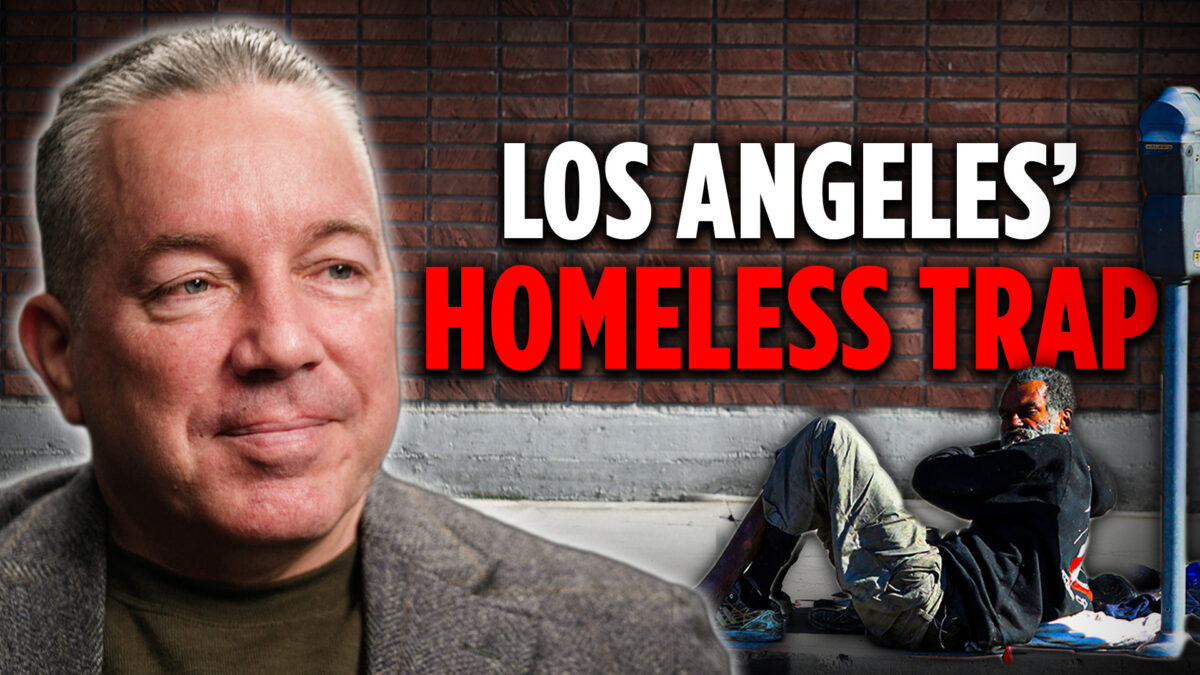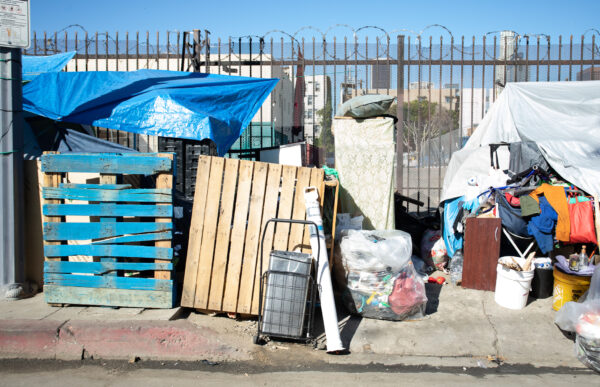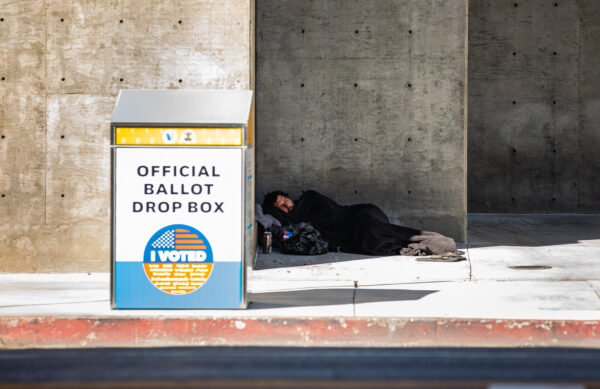


Over the last decade, $6.5 billion has been spent trying to solve Los Angeles County’s homelessness crisis. However, instead of decreasing, its population increased from 39,000 in 2011 to nearly 70,000, according to last year’s point-in-time count.
The worsening of the issue can be partially attributed to it being profitable for many organizations and individuals, Alex Villanueva, former LA County Sheriff, said in a recent Epoch Time’s California Insider interview.
“They’re not doing anything about it because the homeless industrial complex is alive and well,” he said.
According to Villanueva, many non-profit organizations receive county funding to help solve the issue, but there are no clear guidelines on how such should be used.
“There’s no governance, there’s no oversight, there’s no accountability on the results. [The county] just keeps shoveling money at them, and the problem keeps getting worse and worse,” he said.
Villanueva said that the homeless crisis, in fact, provides employment for many.
“If we get rid of the homeless, it ends a lot of careers,” he said. “The nonprofits need to be flexible enough to recognize that there’s a time when you’re done, stand down, and move on to something else.”
He additionally said bad policies are creating an open door to invite the homeless population from all over the country to move to Los Angeles.
“There’s a perception in the entire nation—that if you’re homeless, and you’d like to use drugs, go to LA,” he said.
Cheap illegal drugs, little to no criminal consequences for using them on the street, along with the promise of free food, and possible permanent housing have only made the city extra welcoming for homeless drug addicts, Villanueva said in the 30-minute episode.
“You’re enabling the dependency and normalizing the deviancy. That is a very poor predictor for the future of LA,” he said.
He also said the county’s “Housing First” policy—which prioritizes getting a roof over a homeless person’s head before providing substance abuse or mental health services—isn’t the solution.
He said such a model only provides more funding to the non-profits and the county cannot build enough homeless housing fast enough to meet demand. He additionally said it’s a magnet attracting people from out of state, only burdening the system.
Instead, he said mental health facilities and substance abuse treatment centers are needed as both can help get to the root of some of the fundamental issues of why people are living on the streets.
According to a 2022 report from the Los Angeles County Department of Public Health, there were nearly 2,000 transient deaths recorded in the county between April of 2020 and March of 2021—an average of over 5 deaths per day. Drug overdoses were the top cause of the deaths at 36 percent, the report said.
“[The politicians] don’t understand that they’re killing the people they claim they’re trying to protect,” Villanueva said.
He also said he is not optimistic if current policies continue.
“It’s going to get worse,” he said, “It’s engulfing every corner of life in LA County.”
The Los Angeles County Board of Supervisors in February authorized its largest-ever annual budget to attack the issue: $609.7 million.
Villanueva was elected as the county’s sheriff in 2018. He lost the seat to Robert Luna during the recent Nov. 8 election.


